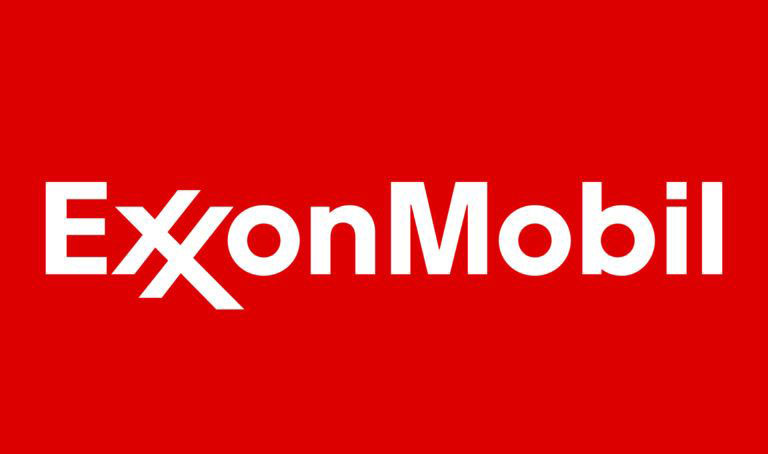Even as the EPA works on “tightening the language” for permits so that start-up periods are not abused by companies, ExxonMobil is currently producing 98,000 barrels of oil per day at the Liza-1 offshore well and hopes to meet its 120,000 per day target on August 10th 2020, the same day that routine flaring is projected to end, Environmental Protection Agency (EPA) Director Dr Vincent Adams said yesterday.
“They were under maintenance from June 27th to July 7th and as at today are producing 98,000 barrels per day and they hope to reach the 120,000 mark on August 10th,” Adams told Stabroek News in an interview.
“So when they are at that 120 [000] mark it would mean that flaring would be zero. We are in the meantime working to change the vagueness as to what ‘start up’ and ‘emergency’ means in existing and future permits, as it pertains to the flaring so you won’t have months of flaring. We are tightening the language to say what a startup period should be specifically and definitively. That is, is it a period lasting three days, three weeks, one month? We have to make it clear,” he declared.
The EPA’s actions follows ExxonMobil’s flaring of over 9 billion cubic feet of natural gas offshore ever since production began in December of last year at the Liza-1 offshore well.
Adams had said that the company had to pause reinjection of associated gases and resort to flaring because of compressor glitches offshore at its Liza-1 project, and this has seen the flaring of more than nine billion cubic feet of natural gas over a six-month period.
The World Wildlife Fund, as well as a global environmental and human rights organization, the Center for International Environmental Law (CIEL), have pointed to the effects of the greenhouse gas emissions on the environment, as they condemned the act.
Called out for the environmental effects on the environment from the flaring and questioned about the long period of start-up, ExxonMobil had said that its contract with this country allows for routine and emergency flaring but that it would scale back on production and limit flaring to 12 million cubic feet per day.
As such, production plummeted from the then 80,000 barrels per day (bpd) to between 25,000 and 30,000 bpd while the company worked on fixing its compressor problems.
“The current situation is a temporary, unplanned event related to project startup. Across our operations, ExxonMobil has programmes in place to improve operations integrity, thus reducing downtime and upsets that can result in flaring. Additionally, we are capturing lessons so we can apply [them] to the Liza Unity and other projects moving forward,” the company’s Public and Government Affairs Officer Deedra Moe had said in response to questions from Stabroek News on the issue.“We are doing all we can to repair the equipment safely in order to complete final (commissioning) of the system. As we have said, we have also reduced crude oil production to lessen the amount of gas being flared.
ExxonMobil’s commitment to minimizing the environmental impact of its projects is reflected by our design of the Liza Destiny and Liza Phase 1 project. Our operations in Guyana will not utilize routine flaring,” Moe also assured.
The EPA would inform in June that the company would be halting production as it went into a period of overall maintenance.
ExxonMobil is still to develop some 14 other wells in the 0.6 million acres (26,800 square kilometers) Stabroek Block area, which currently holds a combined total of approximately 8 billion barrels of oil equivalent.
Adams emphasised that this is why clarity is needed so that there are not prolonged periods of flaring attributed to starting up. “This here is a lesson learned, not only [by] the EPA but the Department of Energy, which has also been playing close attention to this issue and realizes that there needs to be no ambiguity as we go forward into future production.”










